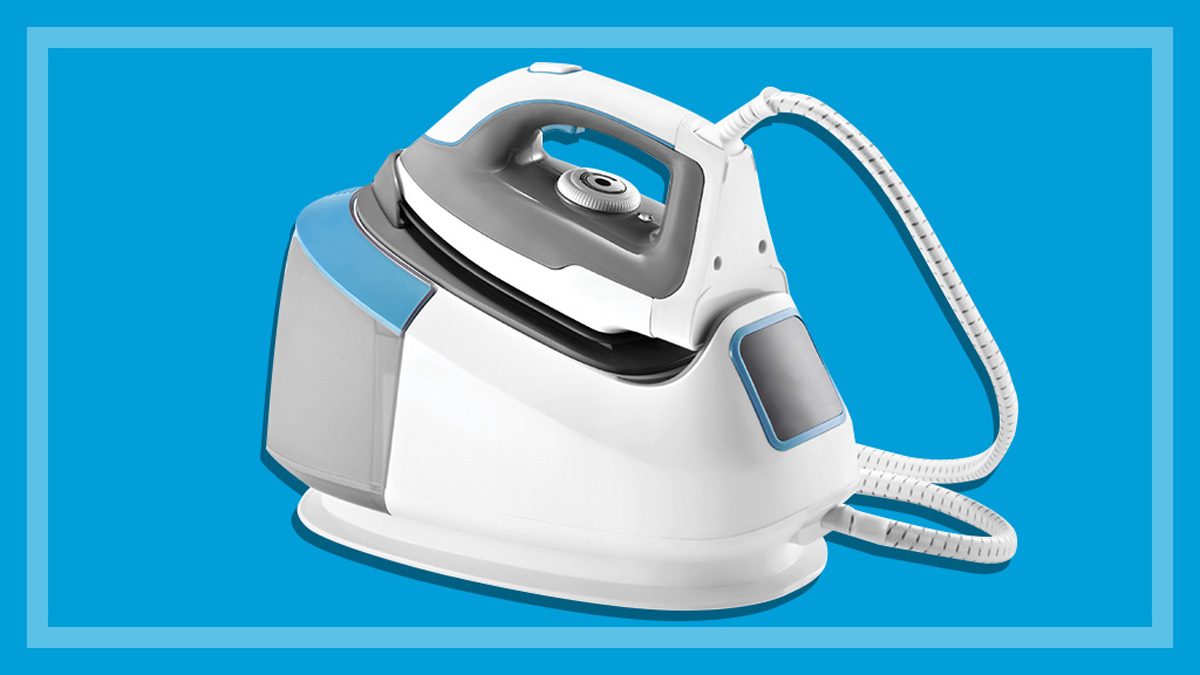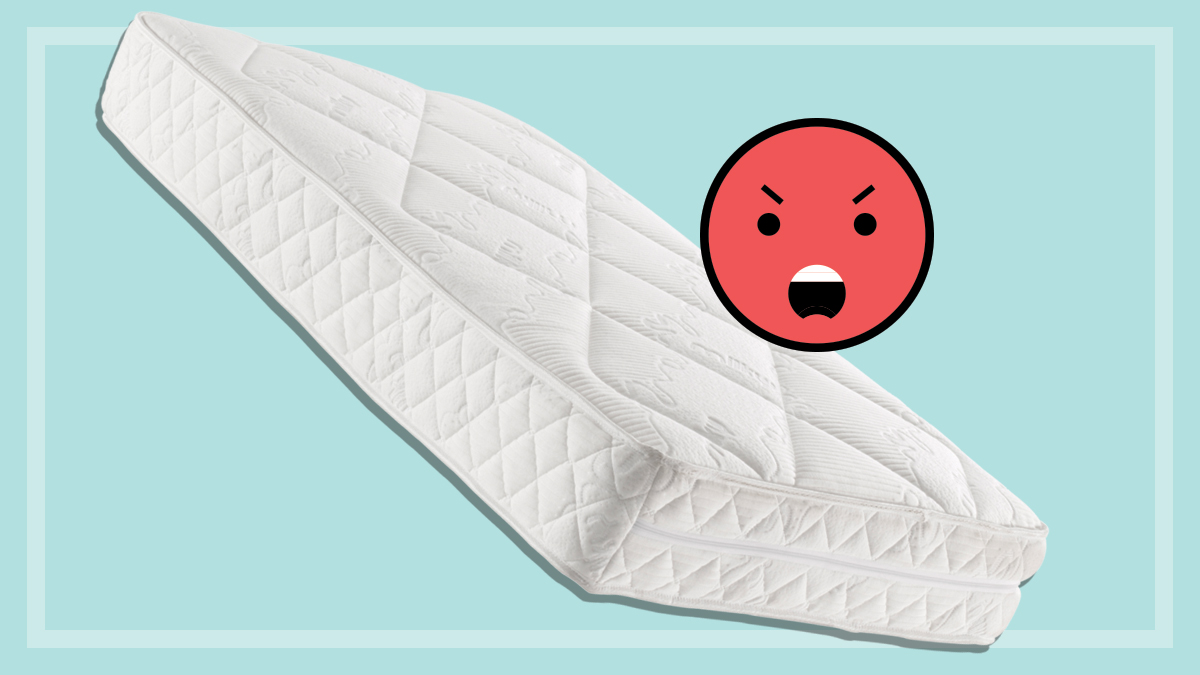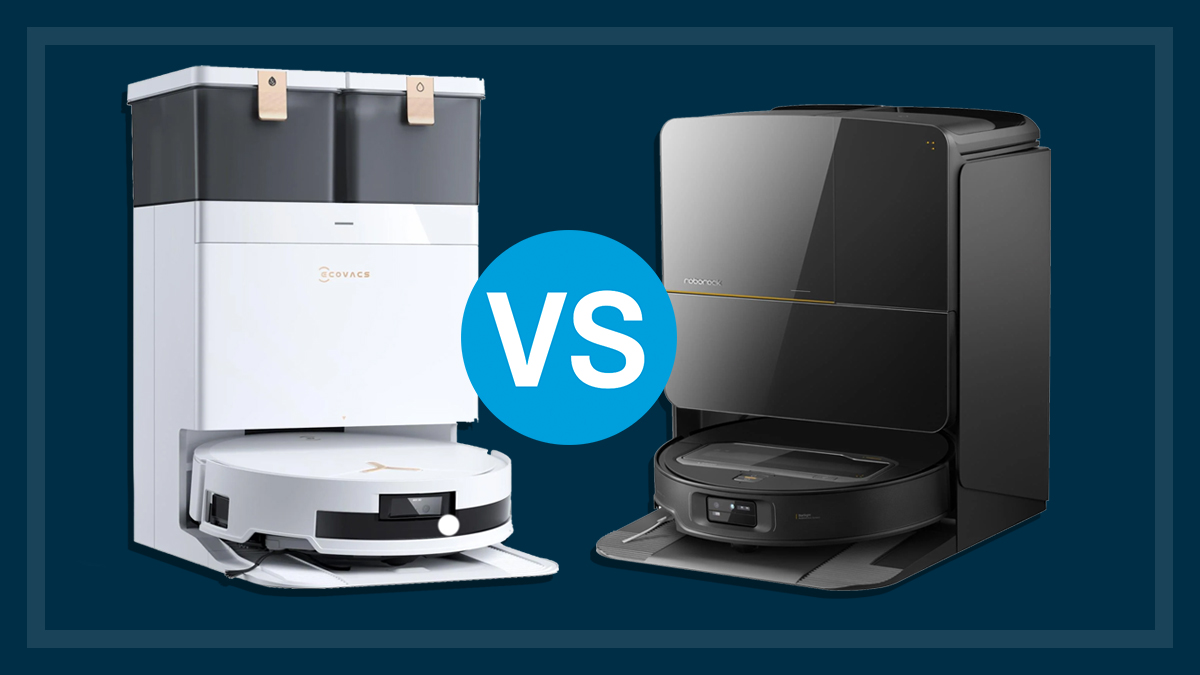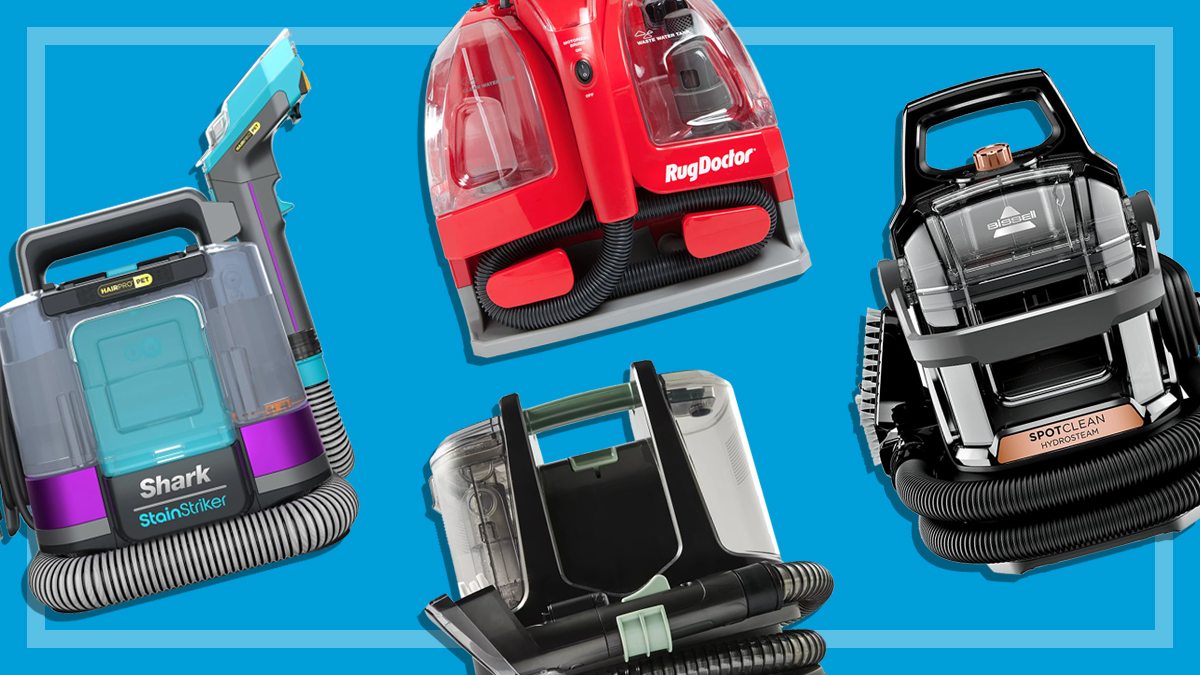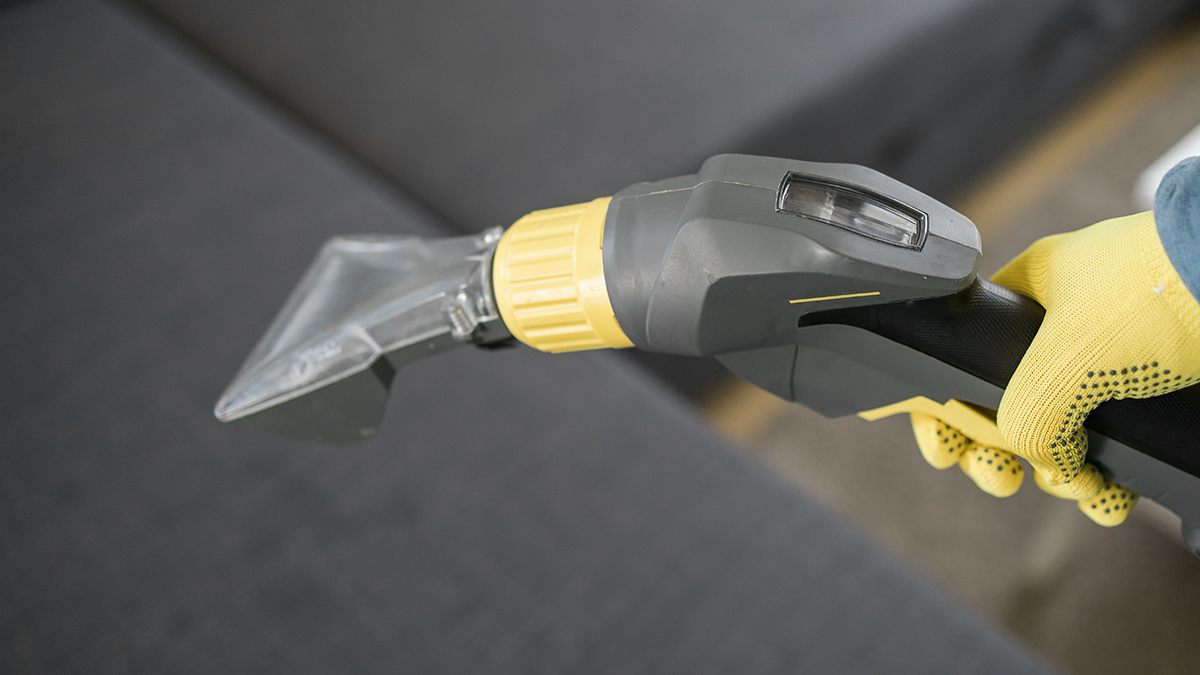What to look for in a steam station
If you do a lot of ironing, a steam station could be a worthwhile investment.
Last updated: 20 Feb 2025
Steam station irons are becoming more popular and are generally pricier than a more basic, traditional iron.
On this page:
If you do a lot of ironing, or if you’re after a superior product that gets the job done quickly, easily and without fuss, then a steam station is a worthwhile investment.
What is a steam station iron?
A steam station (also called steam generator) is an appliance that irons your clothes using generous amounts of steam with a lot less manual effort. They’re ideal if you do a lot of ironing, and on a range of fabrics.
Pros and cons of steam station irons
Pros
Our testers carry out the same performance and ease-of-use tests for steam stations as they do for irons. We’ve found:
- steam stations generally perform better
- the high levels of steam quickly and effortlessly iron out the creases in your clothes.
Cons
On the other hand, steam stations:
- are quite bulky and heavy in comparison to traditional irons
- are awkward to store and move
- should be set up permanently
- require an ironing board made specifically for them, which are pricier than standard ones and can take up more room
- can cause water droplets to accumulate under the ironing board due to the amount of steam generated
- require good ventilation, as the room can steam up during prolonged ironing.
If this all sounds like more trouble and expense than your ironing habits can justify, you might be better off with a basic steam iron.
Features to look for
Weight
Make sure the iron is comfortable to pick up and hold. A lightweight iron is easy to steer but needs more downward pressure, while a heavier one requires less pressure but more effort to move and lift it.
Controls
Check that any knobs, dials or buttons are easy to see and adjust.
Soleplate
A non-stick soleplate is usually easier to keep clean than a stainless steel one, but you need to be careful not to scratch it, as that can cause the iron to drag over time. Polished stainless steel can work well, but is also prone to scratching and staining.
Automatic shut-off
This is a useful safety feature that cuts off power to the iron after it’s been left sitting idle for a while.
Power-on light
It seems obvious, but when the iron’s on and therefore hot, it’s good to be able to see this at a glance.
Hose and cord length
The power cord is the cord that runs from the steam station to the power outlet, while the hose is the cord that draws water from the tank and connects the water tank to the iron. It’s important that both cord and hose are long enough. If you need to place the main tank on a table you’ll want the hose to be long enough to reach the ironing board.
Cord storage
Look for a specially designed heel to wrap the cord around and a clip to secure it – this is much neater and easier than flailing power plugs and twisted-up cords.
Variable steam
When you can control the amount of steam coming from the iron, you can turn it up when you’re trying to get creases out of linen, and turn it down for more sensitive fabrics.
Thermostat lights
These turn on when the iron is heating up and off when the preset temperature is reached.
Transparent water reservoir
A clear outer panel on the reservoir makes it easier to see the water level.
Button groove
A gap between the iron and soleplate makes it easier to iron around buttons.
Vertical steam
This handy feature allows you to iron heavy items such as curtains or suit jackets while they’re hanging up.
Steam lock mechanism
It’s helpful to be able to lock the steam supply trigger in place, so that you don’t have to hold it down while you’re ironing. This feature can be particularly convenient if you’re doing vertical ironing or ironing a large piece of fabric such as a tablecloth.
How much do steam stations cost?
The models in our latest steam stations review start at $142 and go all the way up to $1399 for a high-end model. Do you get more if you pay more? Not necessarily. Some of the recommended steam stations come in under a few hundred dollars.
Related
Rebecca Ciaramidaro is a Content producer in the Household team at CHOICE. Rebecca writes about a wide range of children's and household products, ranging from cots and strollers to ovens, BBQs, espresso machines and electric blankets. And also grocery items such as nappies, sanitary pads and laundry detergents.
Previously at CHOICE, Rebecca worked as a Test officer in the kitchen lab.
Rebecca has a Bachelor of Science (Nutrition and Food) from the University of Western Sydney.
Find Rebecca on LinkedIn.
Rebecca Ciaramidaro is a Content producer in the Household team at CHOICE. Rebecca writes about a wide range of children's and household products, ranging from cots and strollers to ovens, BBQs, espresso machines and electric blankets. And also grocery items such as nappies, sanitary pads and laundry detergents.
Previously at CHOICE, Rebecca worked as a Test officer in the kitchen lab.
Rebecca has a Bachelor of Science (Nutrition and Food) from the University of Western Sydney.
Find Rebecca on LinkedIn.


